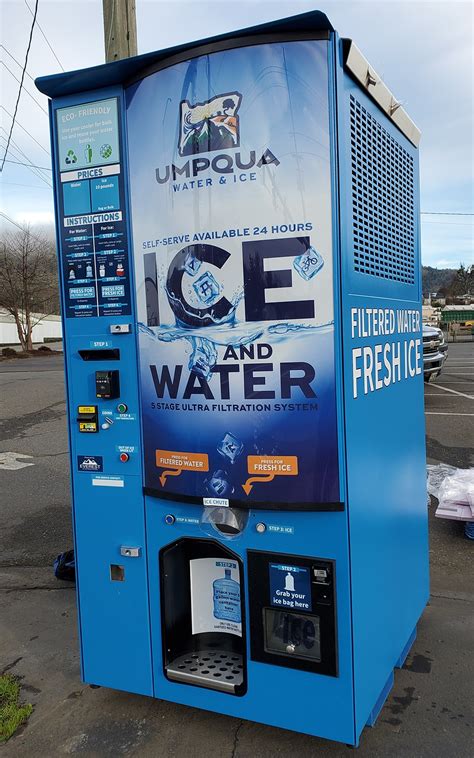Everestice and Water: The Vital Connection for Climbers

Everestice and Water: The Vital Connection for Climbers
"Water is the elixir of life. For climbers attempting to conquer Mount Everest, it is even more critical – a lifeline that can mean the difference between success and failure."
Introduction
Mount Everest, the tallest peak on Earth, presents climbers with a formidable challenge. At over 8,848 meters (29,029 feet) above sea level, the mountains thin air and extreme weather conditions make it a perilous ascent. Among the many factors that climbers must contend with, water plays a crucial role in their survival and success.
The Role of Water in the Human Body
Water constitutes approximately 60% of the human body. It is involved in numerous vital functions, including:
* Regulating body temperature
* Transporting nutrients and oxygen to cells
* Flushing out waste
* Lubricating joints
During strenuous activities like climbing, the body loses water through sweat and increased respiration. Dehydration can set in quickly, leading to fatigue, dizziness, and impaired judgment.
Water Consumption on Mount Everest
Climbers on Mount Everest are recommended to consume an average of 3-4 liters (100-130 ounces) of water per day. However, due to the high altitude and low air pressure, the body absorbs water less efficiently, making it necessary to drink even more. Some climbers have reported consuming up to 6-8 liters (200-260 ounces) of water daily.
Sources of Water on Mount Everest
Finding reliable sources of water on Mount Everest is challenging. Most climbers rely on:
* Snow Melt: Snow can be melted using stoves or water purifiers.
* Glacier Streams: Glacial meltwater provides another source of water, but it should be treated to remove impurities.
* Bottled Water: While convenient, carrying bottled water can add significant weight to a climbers backpack.
Consequences of Dehydration
Dehydration can have severe consequences for climbers:
* Fatigue: Dehydration reduces energy levels, making it difficult to climb.
* Altitude Sickness: Dehydration worsens altitude sickness symptoms such as headaches, nausea, and vomiting.
* Hypothermia: Reduced water intake can lead to hypothermia, a life-threatening condition where the body loses heat faster than it can produce it.
* Kidney Stones: Dehydration can increase the risk of developing kidney stones, which are painful and can block urine flow.
Treatment of Dehydration
If a climber exhibits signs of dehydration, it is crucial to act quickly:
* Replenish Fluids: Give the climber water or an electrolyte-rich drink.
* Seek Medical Attention: If dehydration is severe, medical attention may be necessary to administer intravenous fluids.
Water Treatment
Water sources on Mount Everest are often contaminated with bacteria and other impurities. To avoid health risks, climbers must treat their water before drinking:
* Water Filters: Portable water filters can remove bacteria, viruses, and other contaminants.
* Water Purification Tablets: These tablets disinfect water by killing microorganisms.
* Boiling Water: Boiling water for at least one minute kills most pathogens.
Case Studies
* In 1990, climber David Breashears experienced severe dehydration during his ascent of Everests South Col. He became disoriented and collapsed but was rescued by fellow climbers who provided him with water and electrolytes.
* In 2005, a team of Chinese climbers became stranded on Everests North Face without sufficient water. They endured freezing temperatures and suffered from altitude sickness and dehydration. Eventually, they were rescued by a helicopter that brought them water and medical assistance.
* In 2013, climber Ueli Steck set a record for the fastest ascent of Everest without supplemental oxygen. He attributed part of his success to his meticulous water management, consuming over 4 liters of water during his climb.
Humorous Anecdotes
* Climbers often face the dilemma of choosing between staying hydrated and using the bathroom. The lack of private facilities on Everest means that climbers must find secluded areas to relieve themselves, which can be both embarrassing and challenging.
* Some climbers have resorted to drinking their own urine to conserve water, though this practice is not recommended due to the risk of infection.
Conclusion
Water is a lifeline for climbers attempting to conquer Mount Everest. By understanding the importance of hydration, finding reliable water sources, and treating water properly, climbers can increase their chances of success and safety on this formidable mountain.
"Without water, the mighty Mount Everest would be an insurmountable challenge. It is a constant reminder that even in the most extreme environments, the fundamentals of human survival remain paramount."
